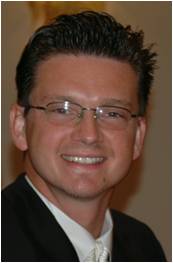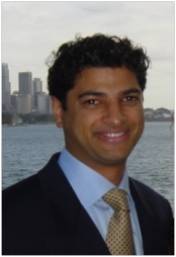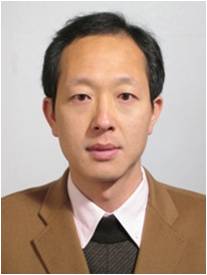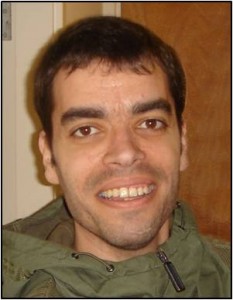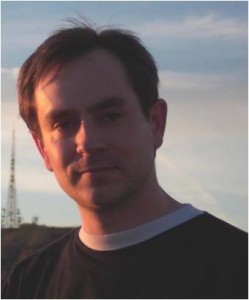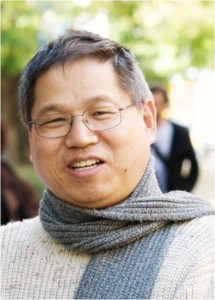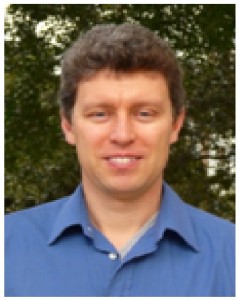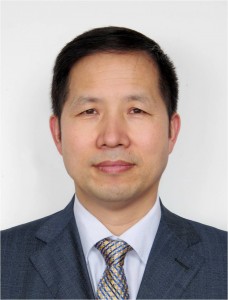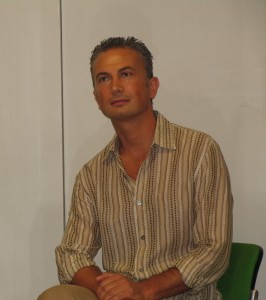 Dr. Massimo Benaglia graduated in Pharmacy at the University of Bologna in 1995. He started his professional career in 1986 joining the CNR (National Research Council) as a Technical Assistant becoming a Full Researcher in 2006. Having already acquired a strong background in organic synthesis, he spent 2002 at the CSIRO (Commonwealth Scientific and Industrial Research Organization) in Melbourne (Australia) working as a Visiting Scientist in Dr. Rizzardo’s group studying the RAFT (Reversible Addition-Fragmentation chain Transfer) process. Realizing the enormous potentialities of this technique led him to pursue his work in the controlled radical polymerization field. In 2006 he spent another year at CSIRO studying new RAFT agents with “switchable” properties and in 2007 started studying polymeric micelles obtained through the self-assembly of “pseudo-amphiphilic” block-copolymers. His current research interests focus upon the post-polymerization modifications of poly(glycidyl methacrylate) in order to obtain materials suitable for delivery of therapeutic (drugs, nucleic acids) and/or diagnostic agents (fluorescent probes).
Dr. Massimo Benaglia graduated in Pharmacy at the University of Bologna in 1995. He started his professional career in 1986 joining the CNR (National Research Council) as a Technical Assistant becoming a Full Researcher in 2006. Having already acquired a strong background in organic synthesis, he spent 2002 at the CSIRO (Commonwealth Scientific and Industrial Research Organization) in Melbourne (Australia) working as a Visiting Scientist in Dr. Rizzardo’s group studying the RAFT (Reversible Addition-Fragmentation chain Transfer) process. Realizing the enormous potentialities of this technique led him to pursue his work in the controlled radical polymerization field. In 2006 he spent another year at CSIRO studying new RAFT agents with “switchable” properties and in 2007 started studying polymeric micelles obtained through the self-assembly of “pseudo-amphiphilic” block-copolymers. His current research interests focus upon the post-polymerization modifications of poly(glycidyl methacrylate) in order to obtain materials suitable for delivery of therapeutic (drugs, nucleic acids) and/or diagnostic agents (fluorescent probes).
Website: www.isof.cnr.it/?q=content/benaglia-massimo
What was your inspiration in becoming a chemist?
As a child one of my most frequent requests as a birthday present was the “Little Chemist” but I never actually received it. Later on, however, at high school, I chose chemistry as my main subject. It was actually at school that I discovered my passion for the chemistry lab doing experiments where I could “transform” something into something else. During my studies at Uni I applied for a job at the CNR (National Research Council) and when I was 21 I found myself actually working in a lab in a research group. I consider chemistry as a way of expressing my creativity since I don’t have a great artistic predisposition. Now, through studying and applying the RAFT process, I can enjoy designing and creating new materials capable of performing special and specific functions.
What was the motivation to write your Polymer Chemistry article?
The RAFT technique is a very versatile way to synthesize functional polymers with a defined architecture. The basic problem, however, is that polymerization conditions have to be optimized for each monomer/RAFT agent system. The use of glycidyl methacrylate might provide a way of overcoming this issue. Starting from the same pre-synthesized PGMA the article shows that it is possible to obtain many different kinds of polymers whose properties depend upon the nucleophilic agent chosen.
Why did you choose Polymer Chemistry to publish your work? (DOI:10.1039/C2PY20646C)
Polymer Chemistry is a journal that highlights all the novel aspects of polymer synthesis. Here, it is possible to follow the state of the art in this field. When I first came across the journal I was impressed by the high quality of the papers. Another great advantage is the very rapid review process.
In which upcoming conferences may our readers meet you?
I haven’t decided yet which conferences I will attend in 2013. I usually find small/medium-sized conferences more fruitful in terms of scientific interactions and my choice will probably depend upon this aspect.
How do you spend your spare time?
Mostly with my relatives and friends. I like music and movies, but I also like food. Therefore, besides resting after tiring days, I go out to the cinema or to listen to live music or enjoy good food/wine in the company of friends.
Which profession would you choose if you were not a scientist?
I didn’t mention that I also like cooking and I would definitely have been a chef. I consider the “art” of cooking another very interesting way of expressing creativity with the advantage of the results being promptly verifiable, especially in a convivial way.












